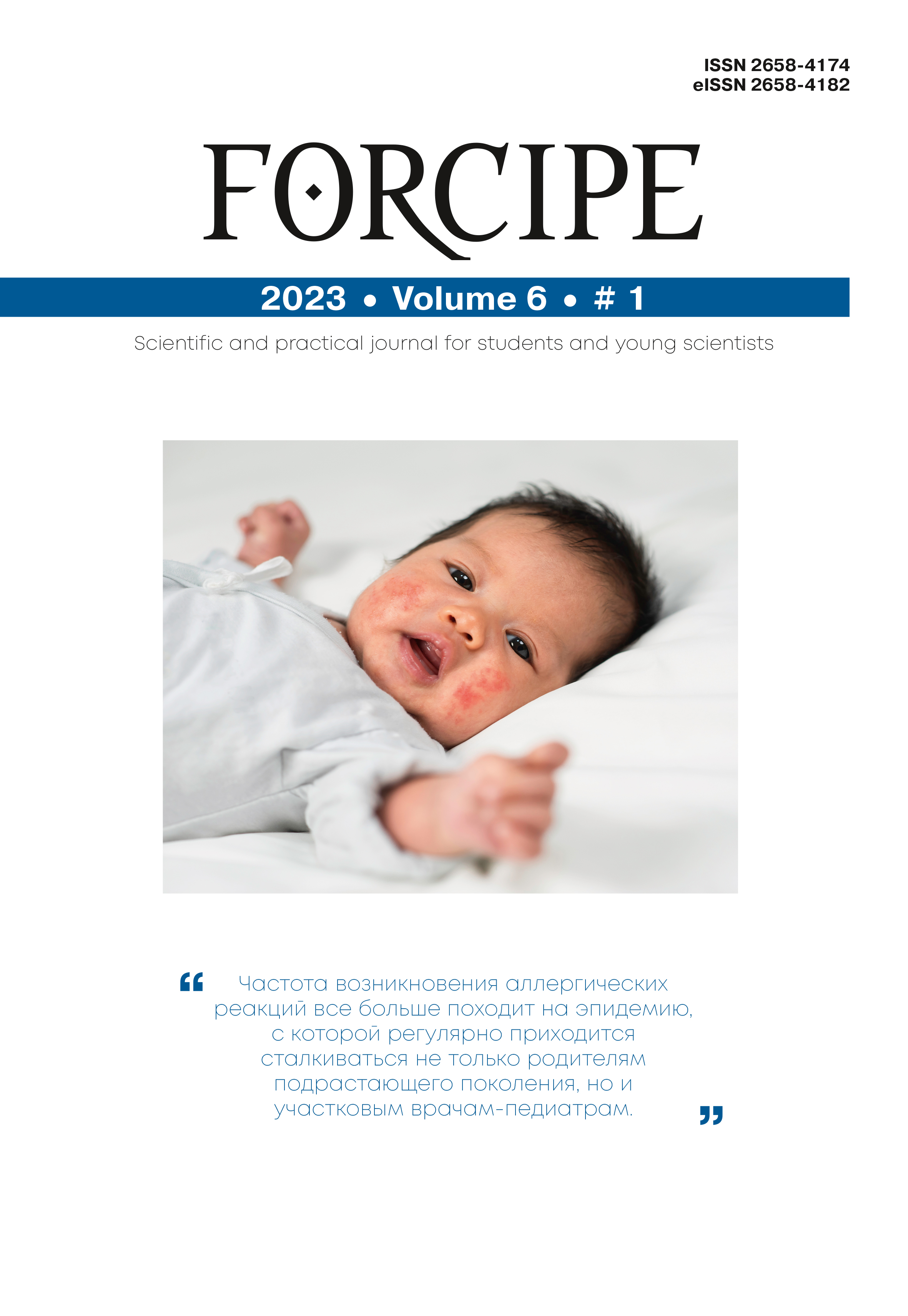EFFICACY AND SAFETY OF EXTRACORPOREAL SHOCKWAVE THERAPY FOR THE TREATMENT OF CHRONIC NON-BACTERIAL PROSTATITIS: SYSTEMATIC REVIEW AND META-ANALYSIS
Abstract
Background. Chronic abacterial prostatitis is the most common urological disease compared to chronic bacterial prostatitis. According to WHO, urologists diagnose chronic prostatitis in every tenth patient; the incidence of chronic bacterial prostatitis is 6–10%, and chronic abacterial prostatitis is 80–90%, and acute bacterial prostatitis occurs in 3–5% of cases. Materials and methods. The research was collected using four search engines — PubMed, Cochrane, Science Direct and EBSCO Host. Data up to 2020 were evaluated based on predefined inclusion and exclusion criteria. The selection of materials for the study was carried out by two reviewers. The studies were then analyzed. Results. 74 publications were initially retrieved, and 3 studies were considered for both qualitative and quantitative analyses. In these studies, after 12 weeks of treatment, we found that the use of shock wave therapy was significantly associated with a decrease in the pain area (mean difference: –3.93; 95% confidence interval [CI] –5.13, –2.73; p <0.001), improvement in urine parameters (mean difference: –1.79; 95% CI –2.38, –1.21; p <0.001), quality of life (average difference: –1.71; 95% CI –2.12, –1.31; p <0.001) and the index of symptoms of chronic prostatitis of the National Institutes of Health (NIHCPSI (see below)) (average difference: –5.45; 95% CI –5.74, –5.16; p <0.001). Conclusions. Shock wave therapy is effective and safe for reducing pain and improving urination, assessing NIHCPSI and quality of life in patients with chronic abacterial prostatitis.
References
Krieger J.N., Nyberg L.Jr., Nickel J.C. NIH consensus definition and classification of prostatitis. JAMA. 1999; 282: 236–7. https://doi.org/10.1001/jama.282.3.236. PMID: 10422990.
Collins M.M., Stafford R.S., O’Leary M.P., Barry M.J. How common is prostatitis? A national survey of physi- cian visits. J Urol. 1998; 159: 1224–8. PMID: 9507840.
Zhang J., Zhang X., Cai Z. et al. The lifetime risk and prognosis of chronic prostatitis/chronic pelvic pain syndrome in the middle-aged Chinese males. Am J Mens Health. 2019; 13(4). https://doi.org/10.1177/1557988319865380 PMID: 31311396.
Habermacher G.M., Chason J.T., Schaeffer A.J. Prostatitis/chronic pelvic pain syndrome.Annu Rev Med. 2006; 57: 195–206. https://doi.org/10.1146/annurev.med.57.011205.135654. PMID: 16409145.
Brede C.M., Shoskes D.A. The etiology and management of acute prostatitis. Nat Rev Urol. 2011; 8: 207–12. https://doi.org/10.1038/nrurol.2011.22. PMID: 21403661.
Nickel J.C. Inflammatory and pain conditions of the male genitourinary tract: prostatitis and related pain conditions, orchitis, and epididymitis. In: Wein A.J., Kavoussi L.R., Partin A.W., Peters C.A. Campbell- Walsh Urology, 11th ed. Philadelphia: Elsevier. 2016: 304–33.
Schaeffer A.J. Clinical practice. Chronic prostatitis and the chronic pelvic pain syndrome. N Engl J Med. 2006; 355: 1690–8. https://doi.org/10.1056/NEJMcp060423 PMID: 17050893.
Murphy A.B., Macejko A., Taylor A., Nadler R.B. Chronic prostatitis: management strategies. Drugs. 2009; 69(1): 71–84. https://doi.org/10.2165/00003495-200969010-00005. PMID: 19192937.
Grabe M., Bishop M.C., Bjerklund-Johansen T.E. et al. Prostatitis and chronic pelvic pain syndrome. Guidelines on the management of urinary and male genital tract infections. Guideline. Arnhem, The Netherlands: European Association of Urology (EAU). 2008; 79–88.
McNaughton Collins M., MacDonald R., Wilt T.J. Diagnosis and treatment of chronic abacterial prostatitis: a systematic review. Ann Intern Med. 2000; 133: 367–81. https://doi.org/10.7326/0003-4819-133-5-200009050-00013. PMID: 10979882.
Fall M., Baranowski A.P., Elneil S. et al. General treat-ment of chronic pelvic pain. Guidelines on chronic pelvic pain. Guideline. Arnhem, The Netherlands: European Association of Urology (EAU). 2008; 84–97.
Le B.V., Schaeffer A.J. Genitourinary pain syndromes, prostatitis, and lower urinary tract symptoms. Urol Clin North Am. 2009; 36: 527–36. https://doi.org/10.1016/j.ucl.2009.08.005 PMID: 19942050.
Berghuis J.P., Heiman J.R., Rothman I., Berger R.E. Psychological and physical factors involved in chronic idiopathic prostatitis. J Psychosom Res. 1996; 41: 313–25. https://doi.org/10.1016/s0022-3999(96)00157-2. PMID: 8971661.
Moayednia A., Haghdani S., Khosrawi S. et al. Long-term effect of extracorporeal shock wave therapy on the treatment of chronic pelvic pain syndrome due to non-bacterial prostatitis. J Res Med Sci. 2014; 19: 293–6. PMID: 25097599.
Vahdatpour B., Alizadeh F., Moayednia A. et al. Efficacy of extracorporeal shock wave therapy for the treatment of chronic pelvic pain syndrome: a randomized, controlled trial. ISRN Urol. 2013; 2013: 972601. https://doi.org/10.1155/2013/972601. PMID: 24000311.
Zimmermann R., Cumpanas A., Miclea F., Janetschek G. Extracorporeal shock wave therapy for the treatment of chronic pelvic pain syndrome in males: a randomised, double-Blind, placebo-controlled study. Eur Urol. 2009; 56: 418–24. https://doi.org/10.1016/j.eururo.2009.03.043. PMID: 19372000.



